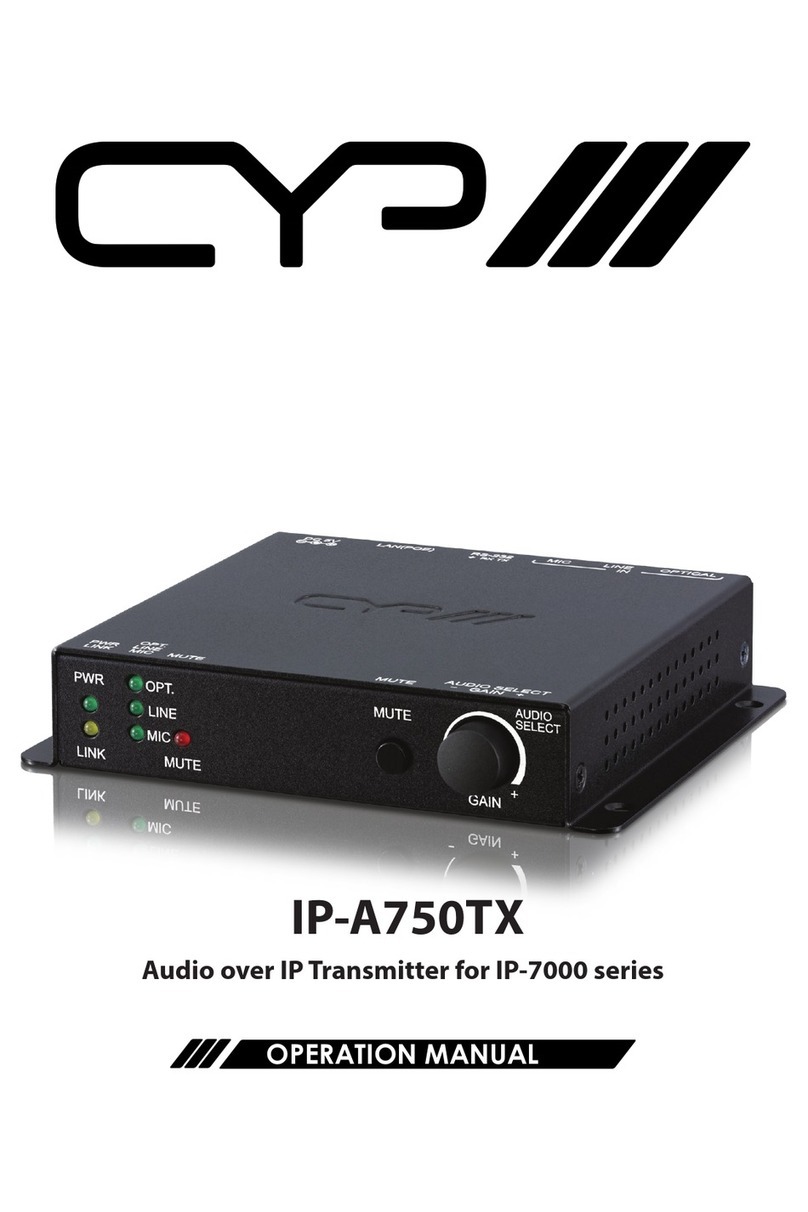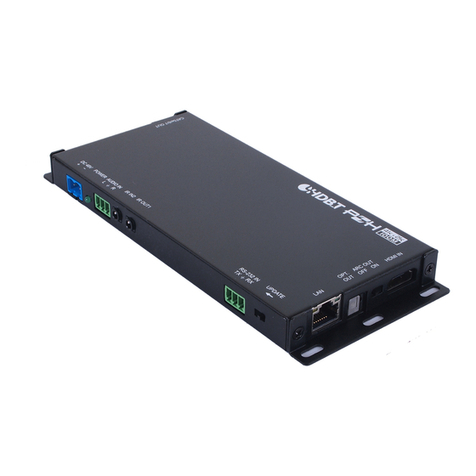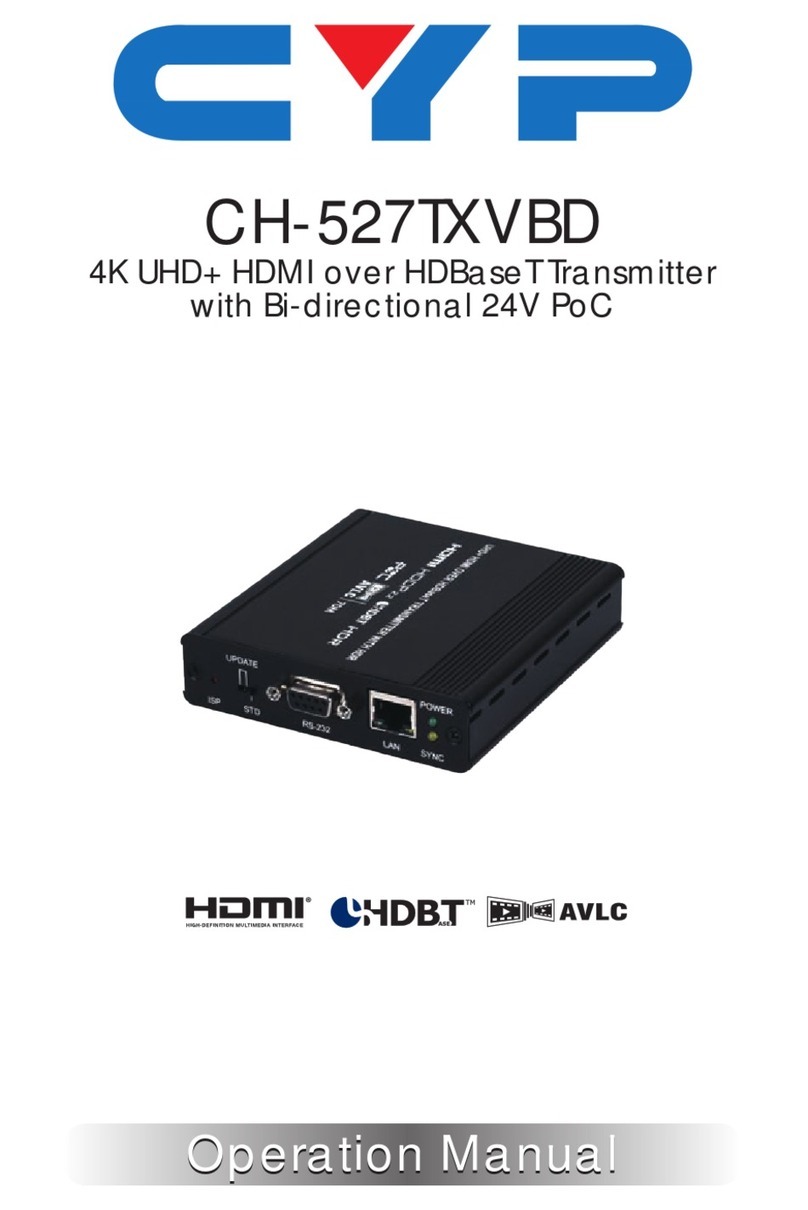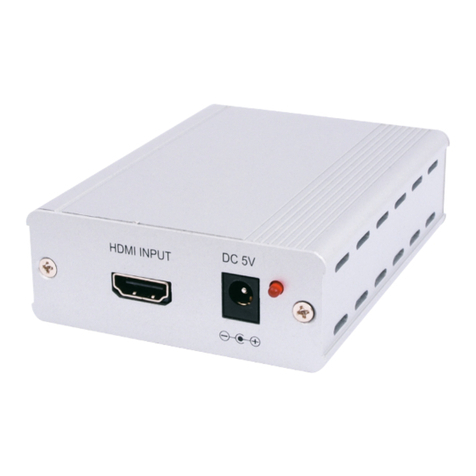CYP CPLUS-12FTX User manual
Other CYP Transmitter manuals
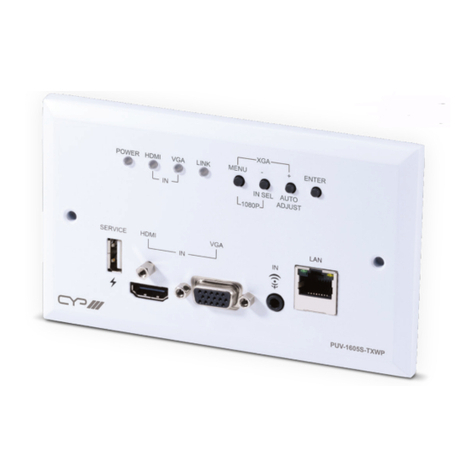
CYP
CYP PUV-1605S-TXWP User manual
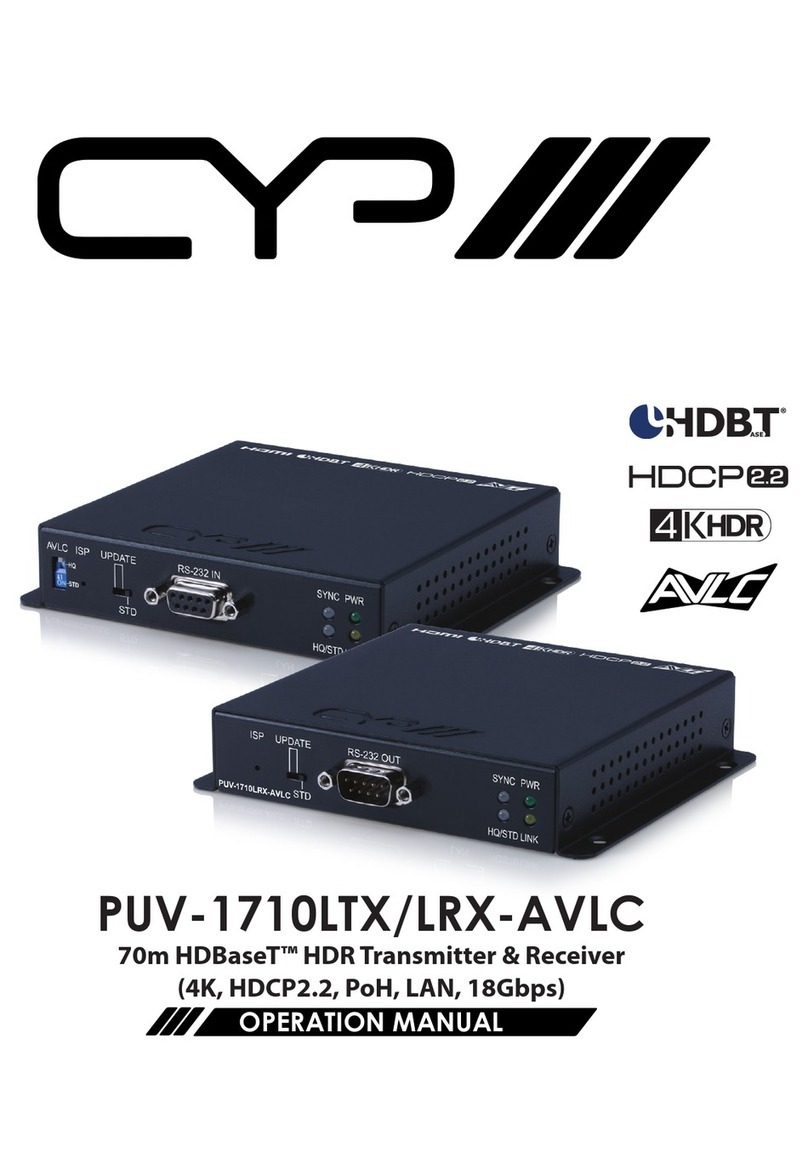
CYP
CYP PUV-1710LTX-AVLC User manual
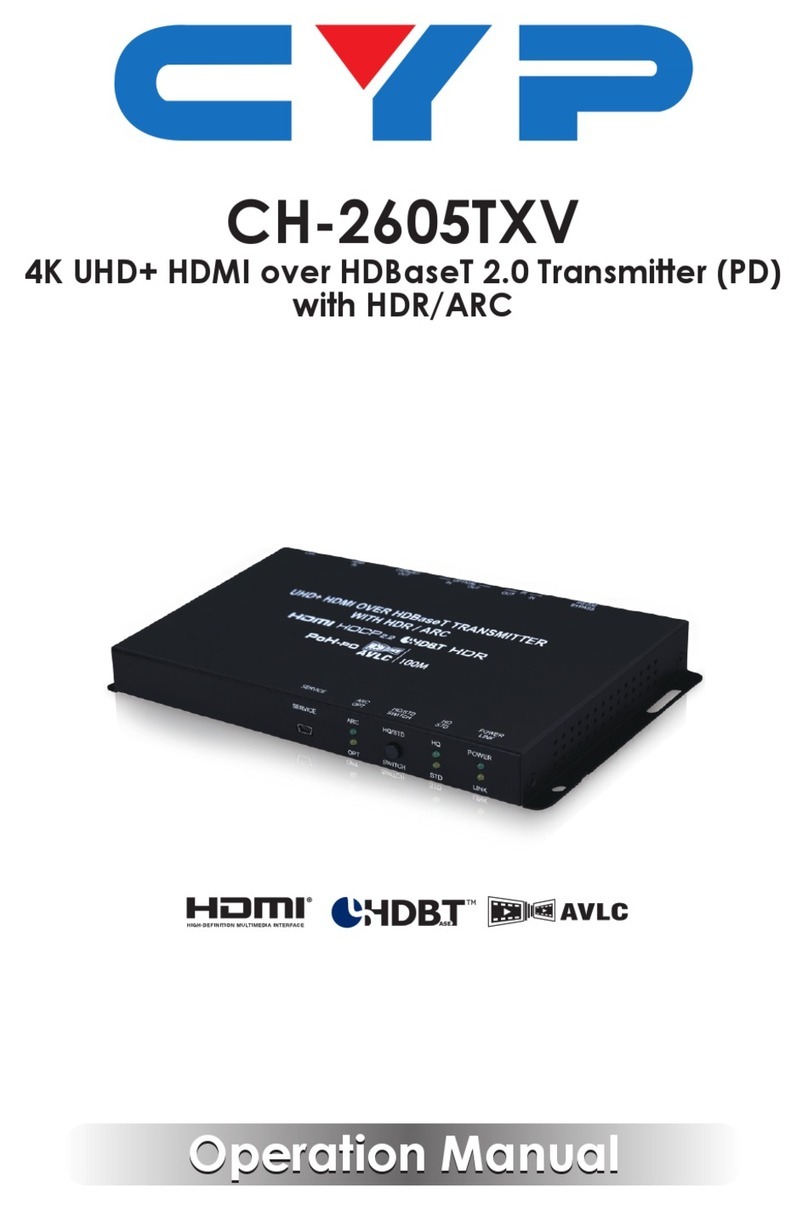
CYP
CYP CH-2605TXV User manual
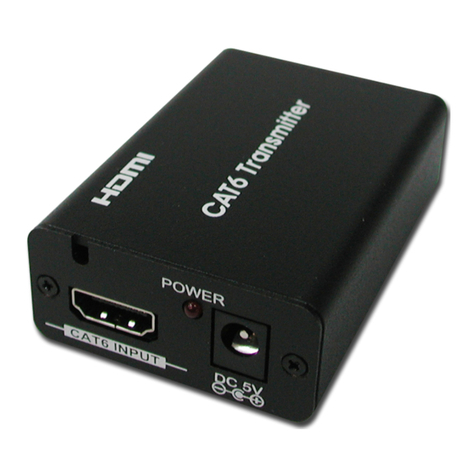
CYP
CYP CH-103TX User manual
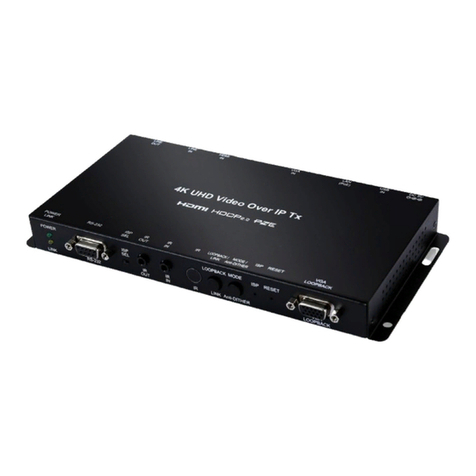
CYP
CYP CH-U331TX User manual
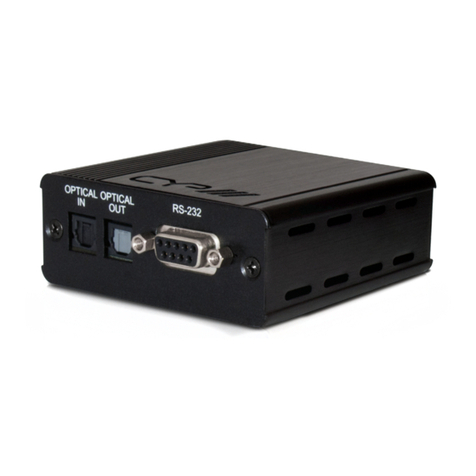
CYP
CYP PU-305BD-TX User manual
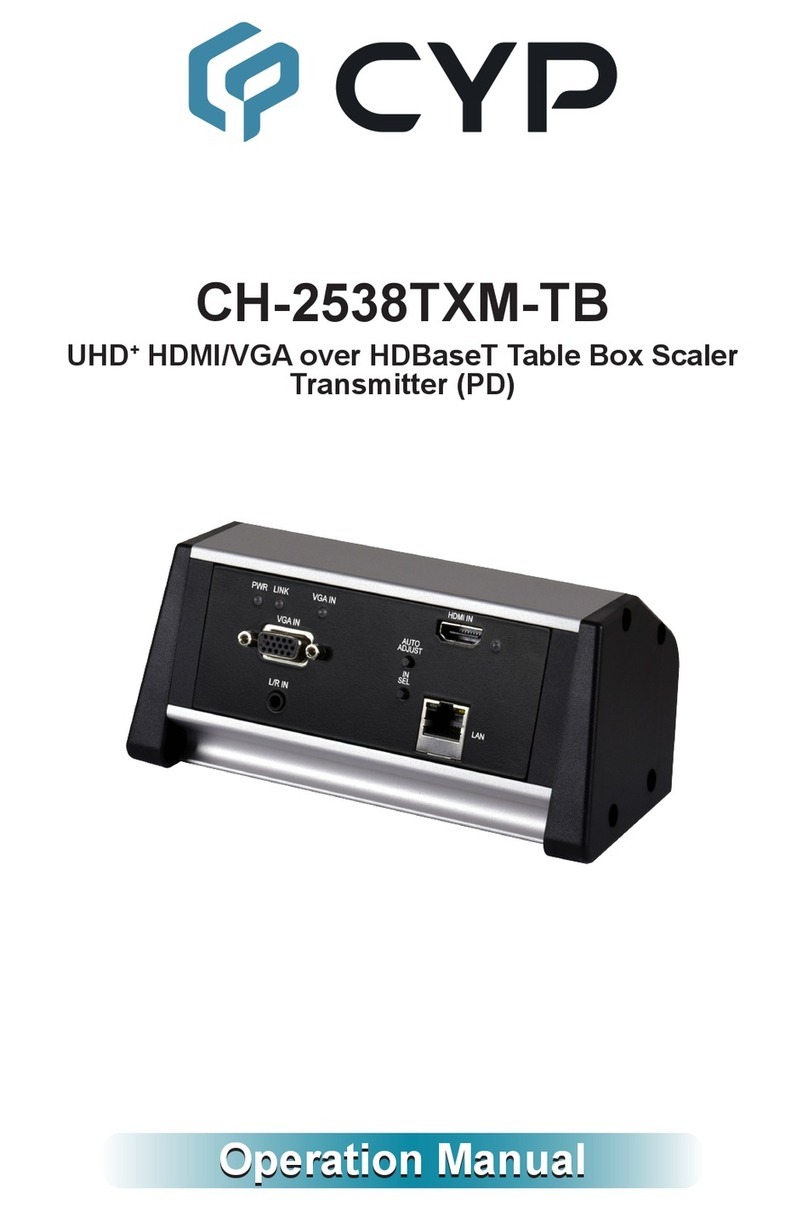
CYP
CYP CH-2538TXM-TB User manual
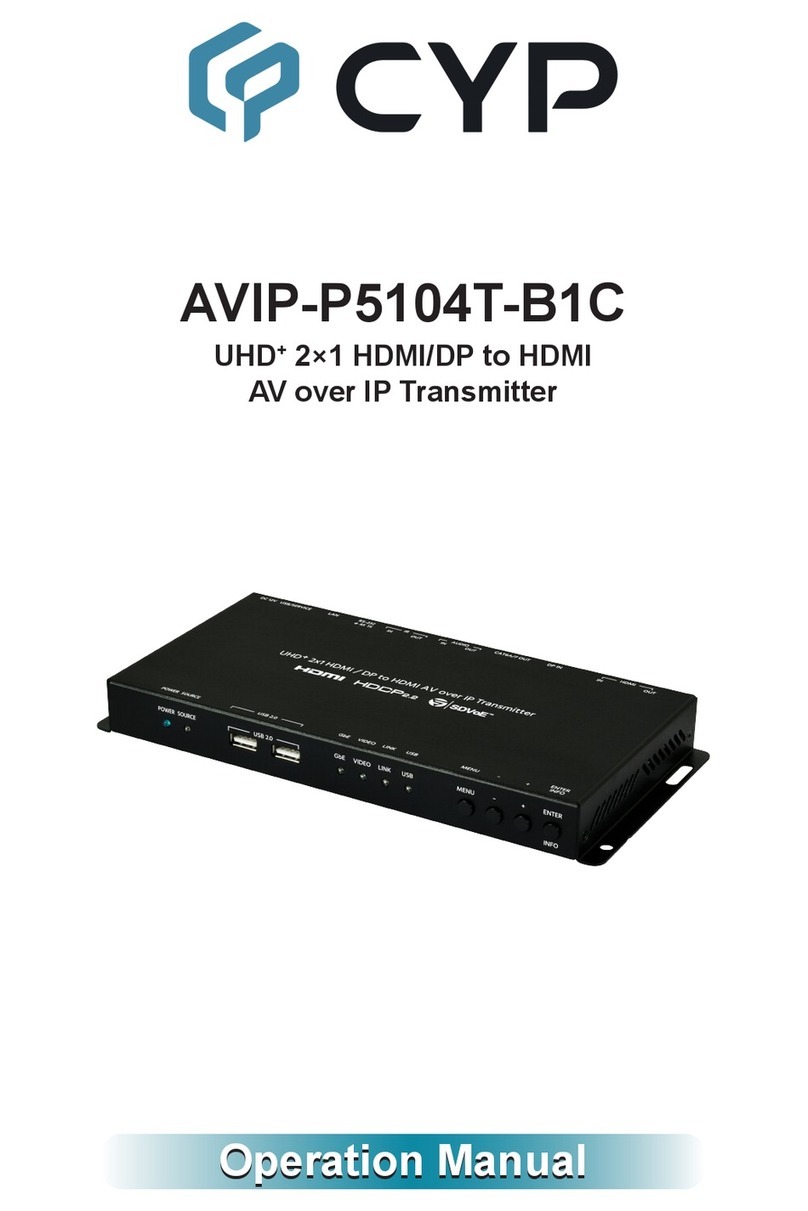
CYP
CYP AVIP-P5104T-B1C User manual
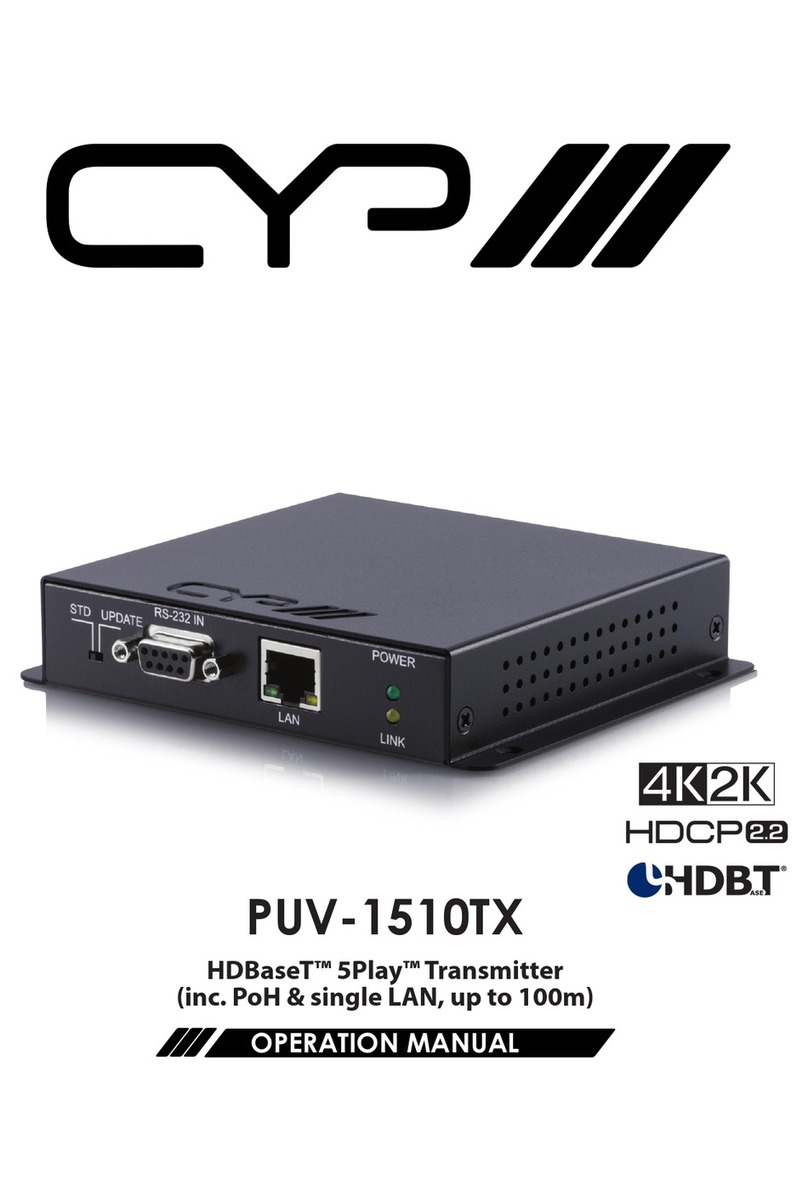
CYP
CYP PUV-1510TX User manual
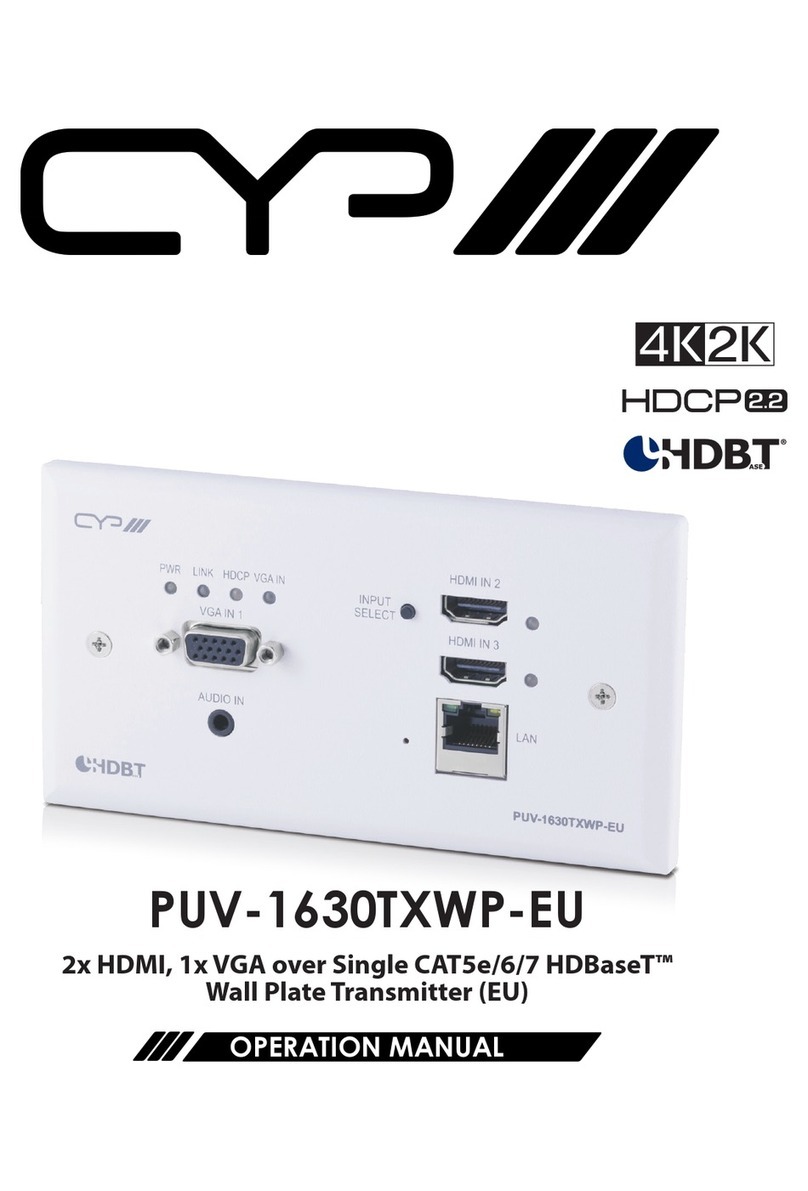
CYP
CYP PUV-1630TXWP-EU User manual

CYP
CYP PUV-1630TXWP-UK User manual
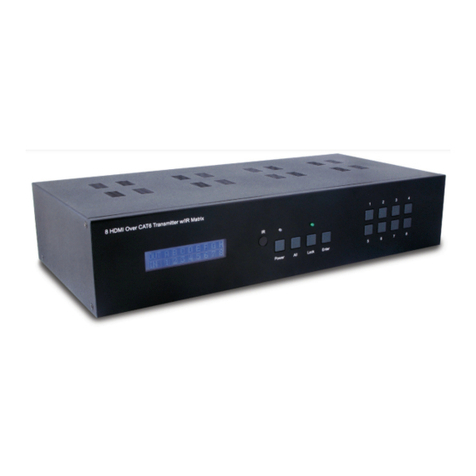
CYP
CYP CSI-8H8CV2IR User manual
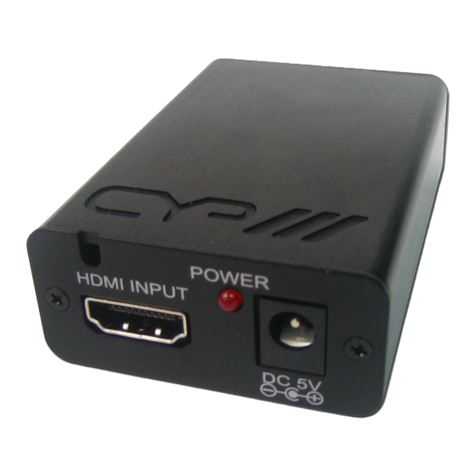
CYP
CYP PU-103 User manual
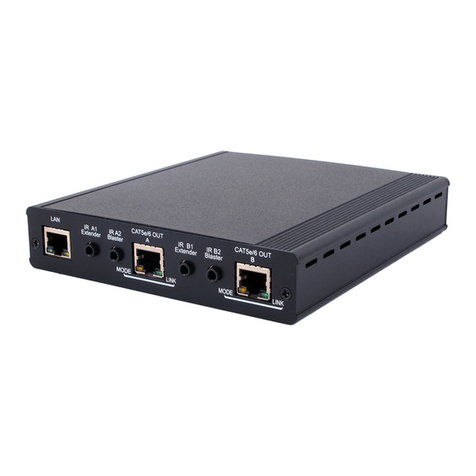
CYP
CYP CHDBT-1H2CE User manual
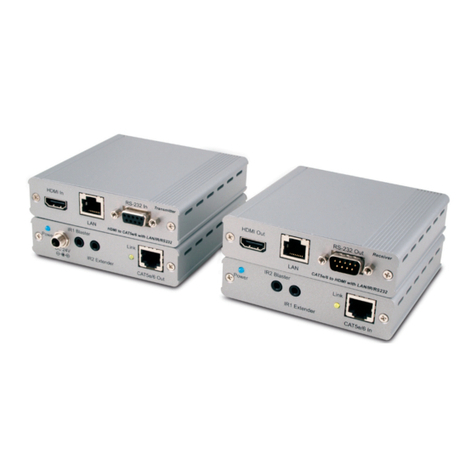
CYP
CYP CH-507TX User manual
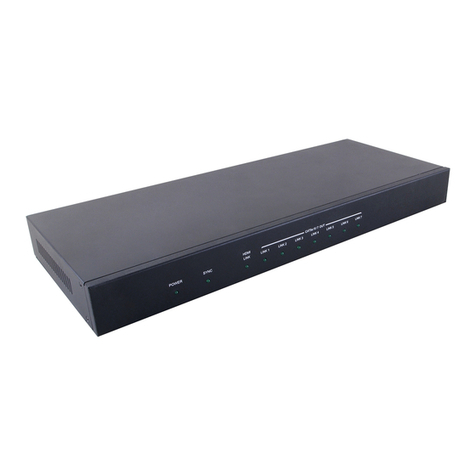
CYP
CYP CHDBT-1H7CE User manual
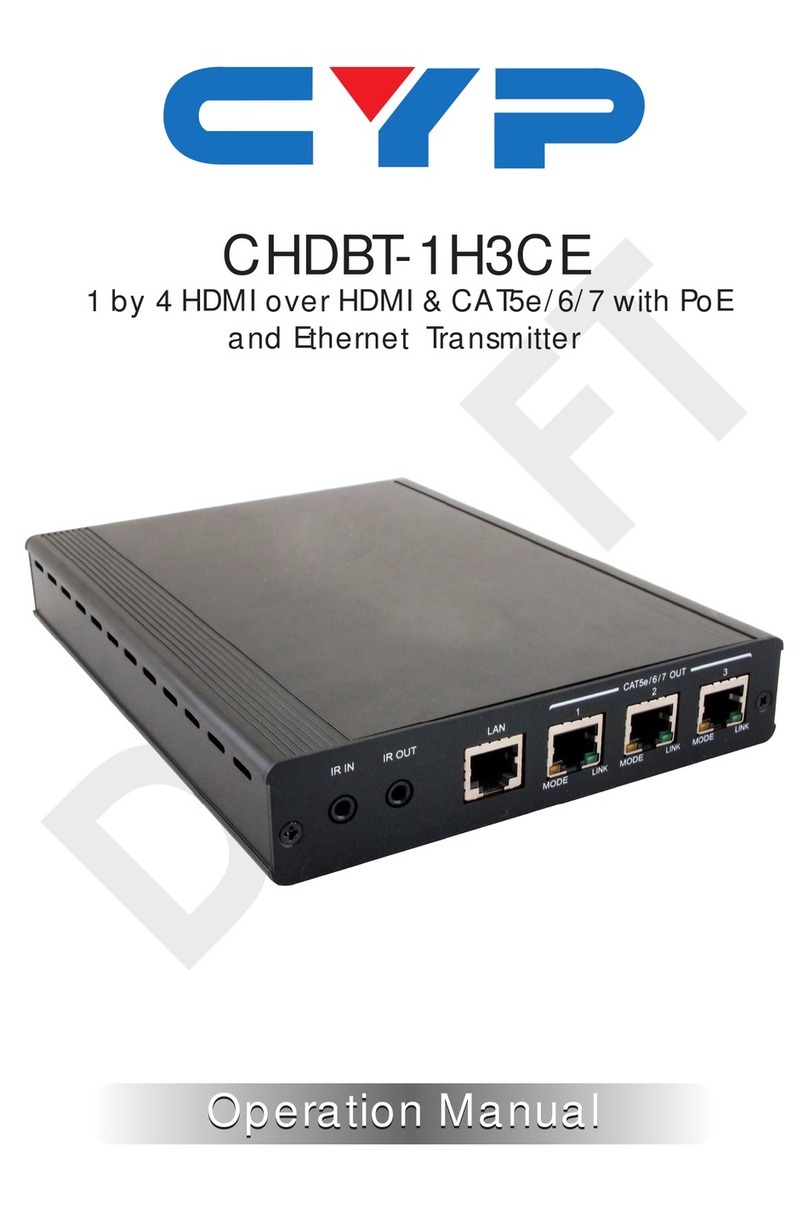
CYP
CYP CHDBT-1H3CE User manual
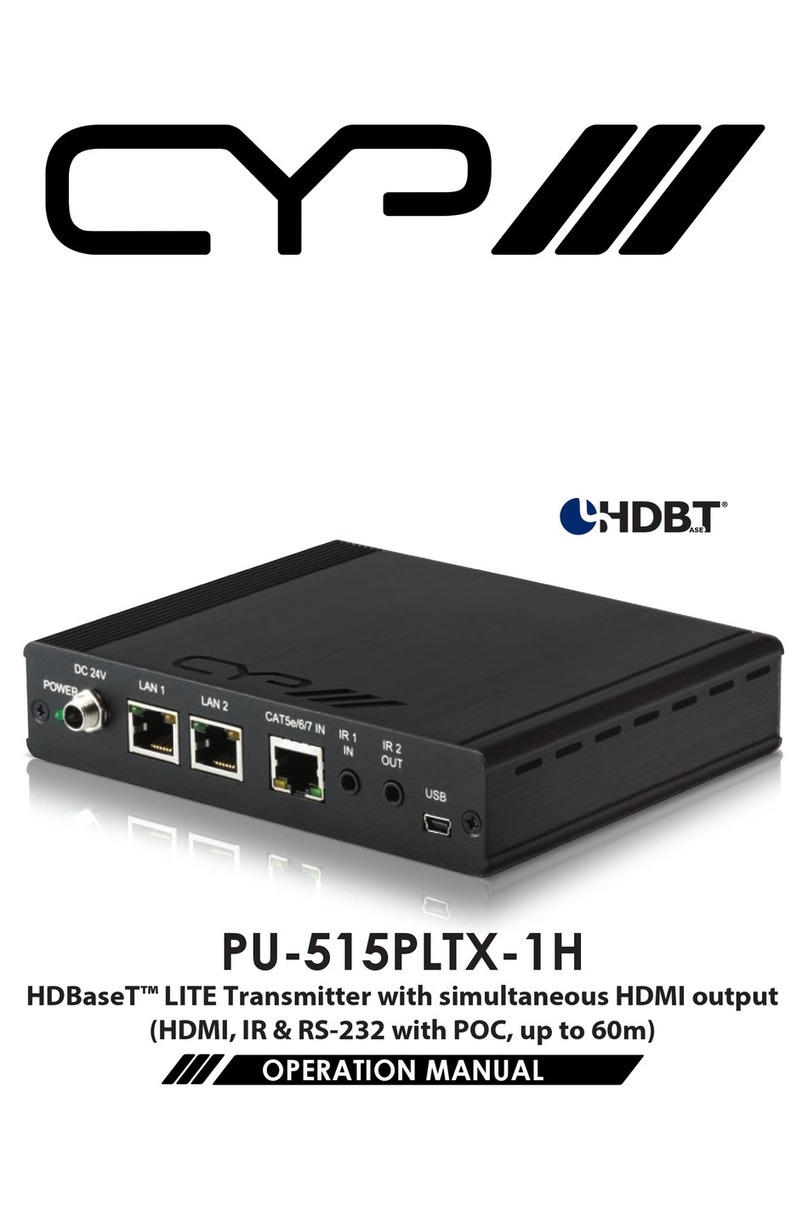
CYP
CYP PU-515PLTX-1H User manual
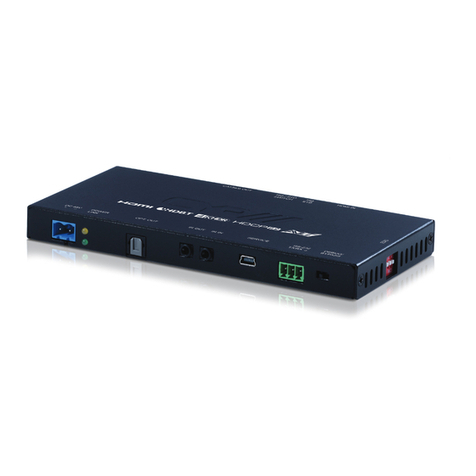
CYP
CYP PUV-1730PLTX-AVLC User manual
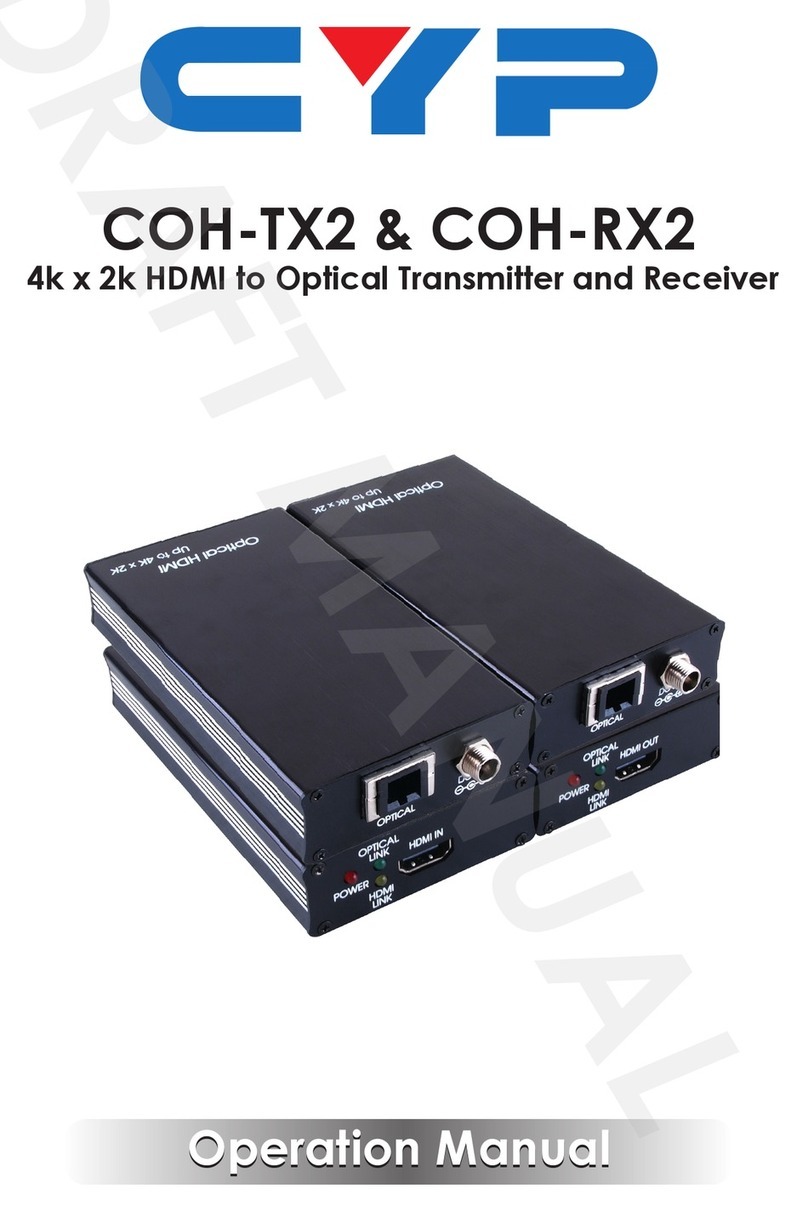
CYP
CYP COH-RX2 Installation manual
Popular Transmitter manuals by other brands

Geo
Geo Web Pack quick start guide

Inovonics
Inovonics EchoStream EN1210W installation instructions

IKONNIK
IKONNIK KA-6 quick start guide

Rohde & Schwarz
Rohde & Schwarz SR8000 Series System manual

Audio Technica
Audio Technica UniPak ATW-T93 Installation and operation

NIVELCO
NIVELCO EasyTREK SCA-300 Series Programming manual
